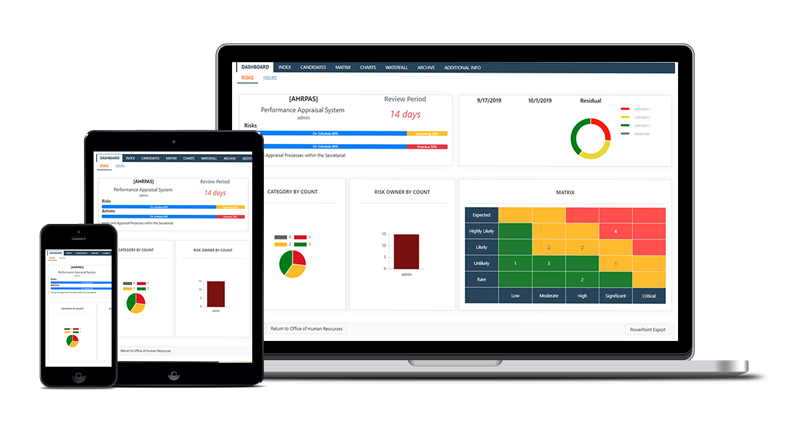VUCA is well known as a framework for identifying threats and opportunities. The aspects of Volatility, Uncertainty, Complexity and Ambiguity also characterize the enterprise environment for organizational strategy, and understanding them gives risk professionals an opportunity to contribute to the way that strategy is crafted.
- Volatility. Gasoline changes from liquid to gas at a lower temperature than water, so we say that gasoline is more volatile than water. This is a good thing if you want to drive across the country, but a bad thing if you spill gasoline in a confined space. In financial markets, volatility refers to rapid changes in pricing trends. A high-tech stock would be considered more volatile than an electrical utility. Generally, volatility is associated with emergent growth opportunities, and it can be useful if you’re in a relatively weak strategic position. On the other hand, volatility is undesirable if your organization requires predictability.
- Uncertainty. What is the probability that it will rain today? This is an example of uncertainty because an explicit answer can be provided. Uncertainty is the focal point of classic risk management because it is concerned with specific events (threats or opportunities), the probability of those events occurring, and the impact of those events if they do occur.
- Complexity. It is useful to distinguish complex systems from complicated systems.
-
- A complicated system is one where it is possible for a suitably-skilled expert to analyse and understand causes and effects. A car is a complicated system, and a knowledgeable mechanic could disassemble and then reassemble it, but a layperson could not. Strategy work in highly-regulated industries might be complicated in that a suitably-qualified expert could develop an effective strategy.
- Complex systems are characterized by emergence, which makes it impossible to determine cause and effect until after the occurrence. Complex systems are inherently unpredictable, and examples include markets, ecosystems, and organizational cultures. The preferred approach for responding to complex systems is assembling a group of experts. They use probes and experimentation to discover novel or innovative ideas that allow the organization to exploit the emergent phenomena.
- Ambiguity. Ambiguous language can be interpreted differently in different circumstances, or it may hold different meanings for different people. Ambiguity is defined by the context and is clarified by asking sensemaking questions such as “What is the crux of the matter? Are we asking the right questions?” Ambiguity is inherent to strategy, because people can interpret differently the meaning and implications of weak signals. Of the four VUCA elements, ambiguity probably causes the most frustration for strategic thinkers.
How does this apply to strategic thinking or strategic risk management? Leaders need to understand and take account of the VUCA framework as part of their work to craft a strategy that is powerful, clever, good, effective, and nuanced. Risk professionals can support this work by adding their tools and approaches for sensing weak signals, anticipating their possible consequences, and devising responses. Working together, they can provide the best possible strategy for the business.
[© Copyright September 2019, Greg Githens]
More information is available in Greg’s new book “How to Think Strategically“, published in July 2019.






